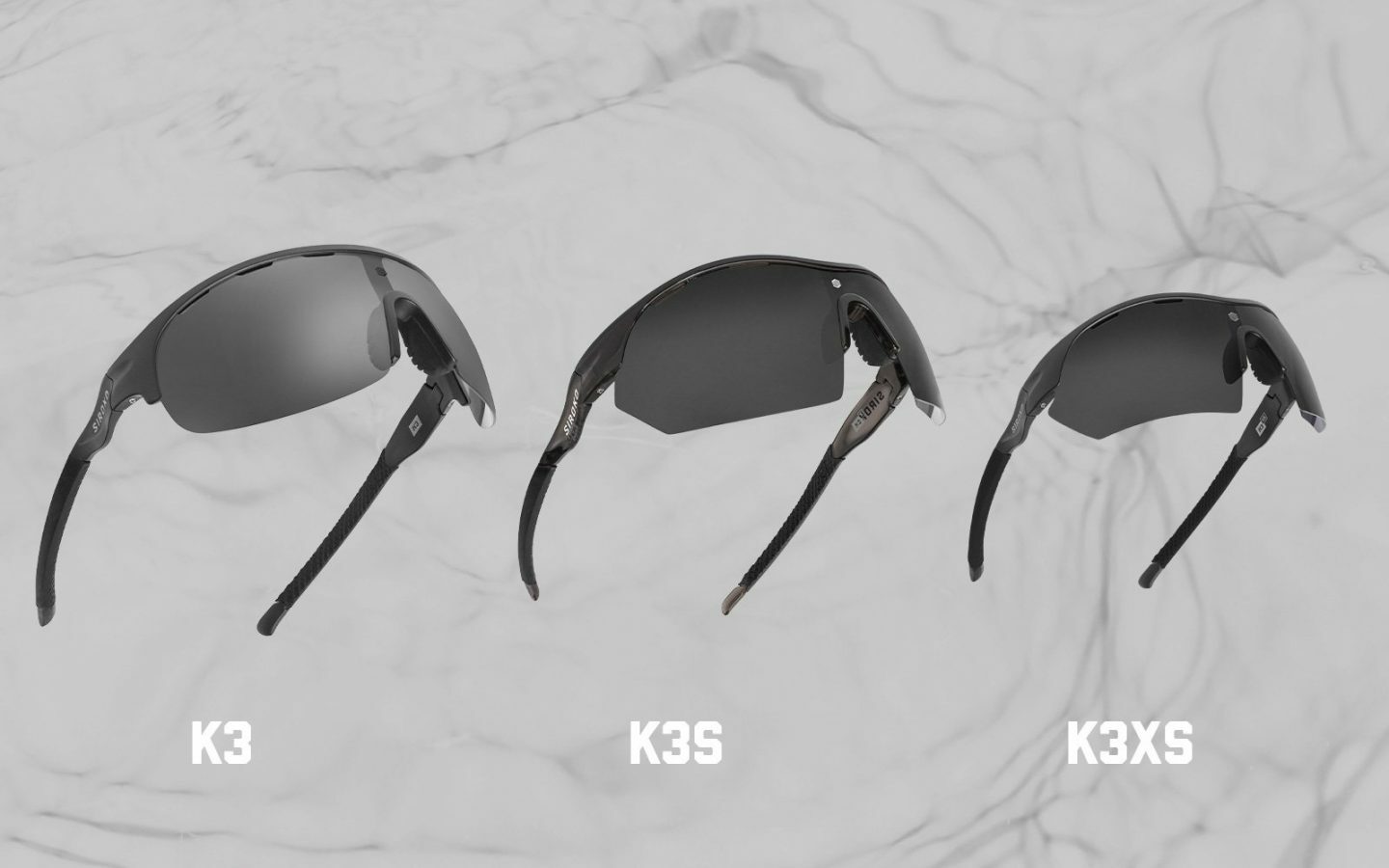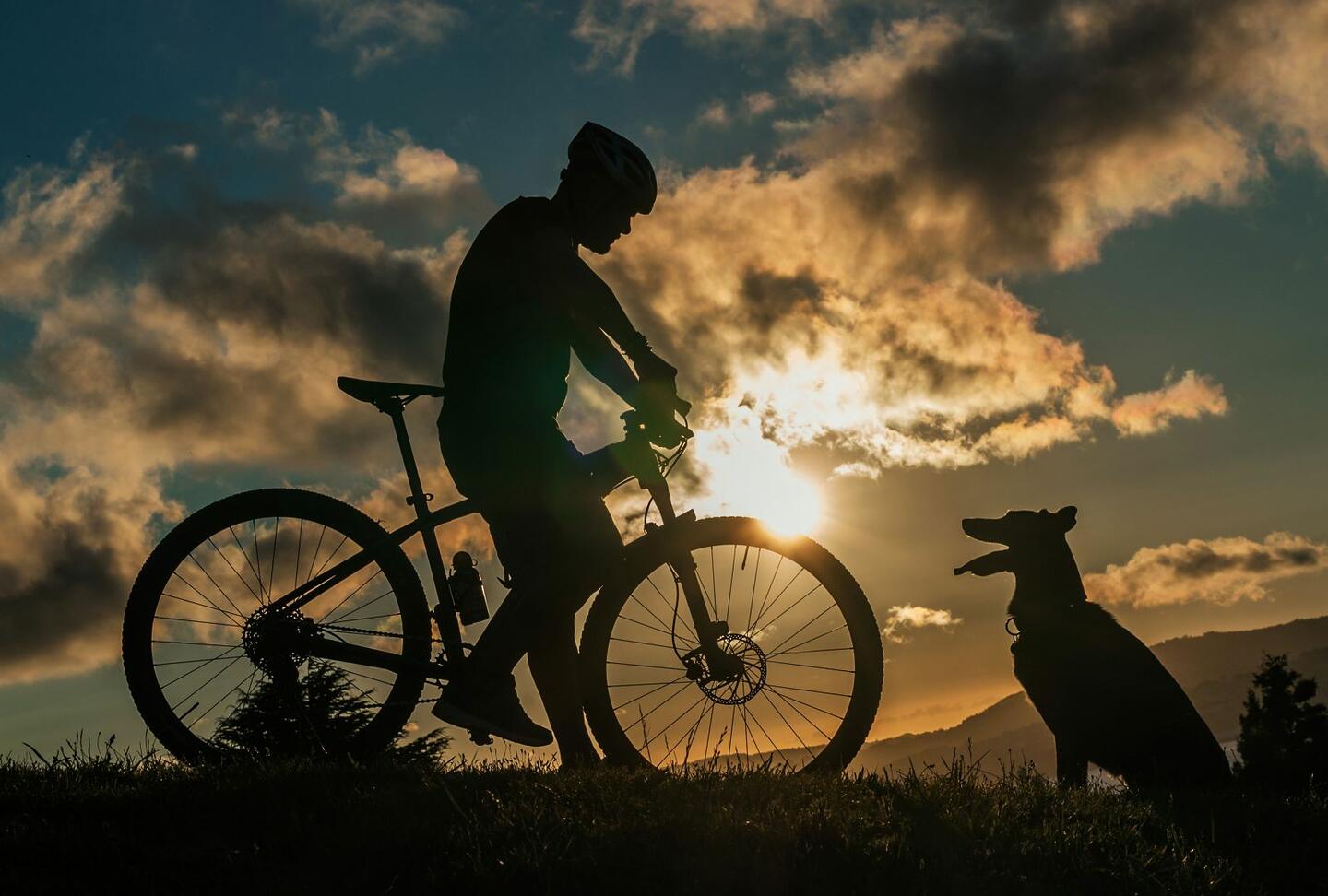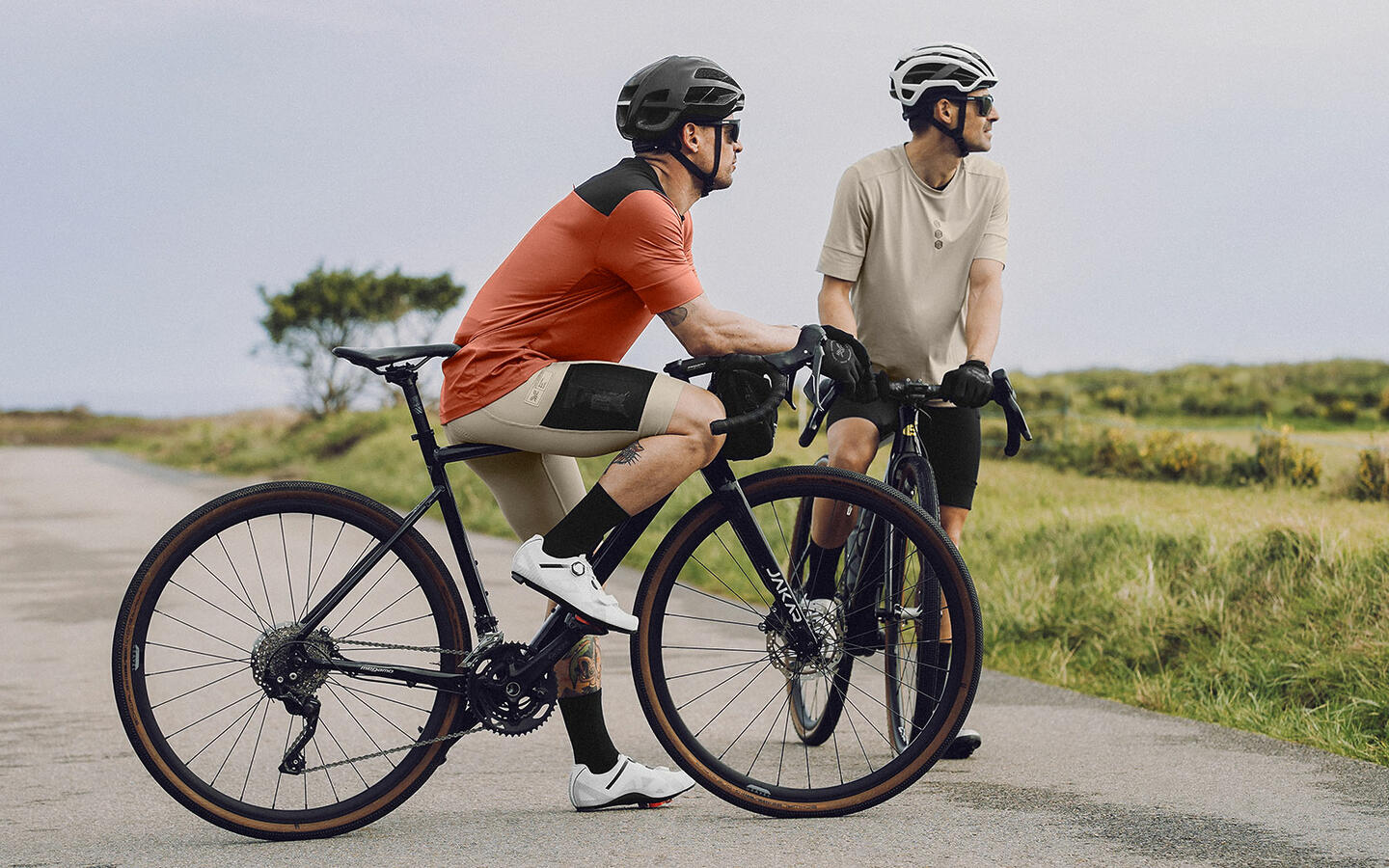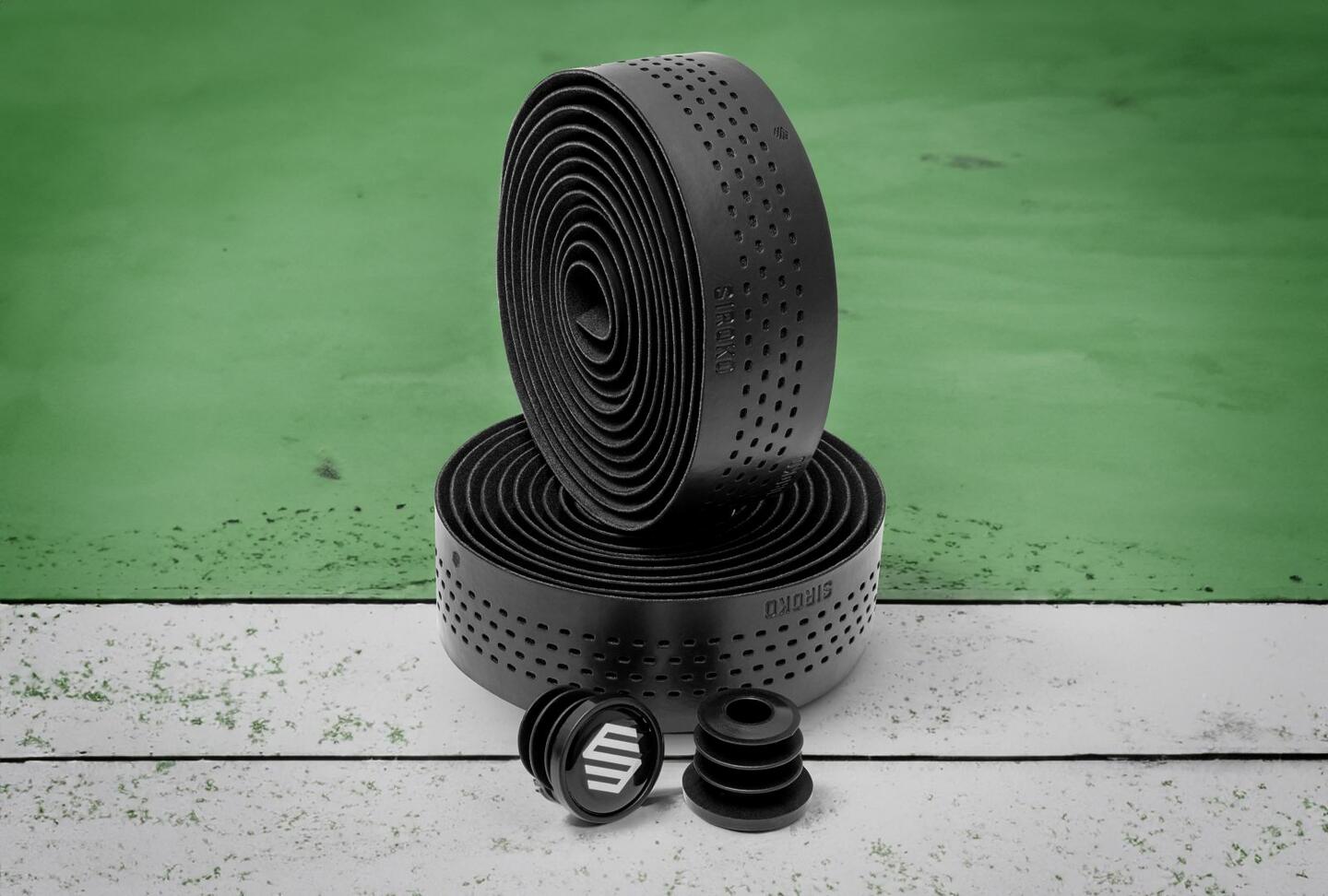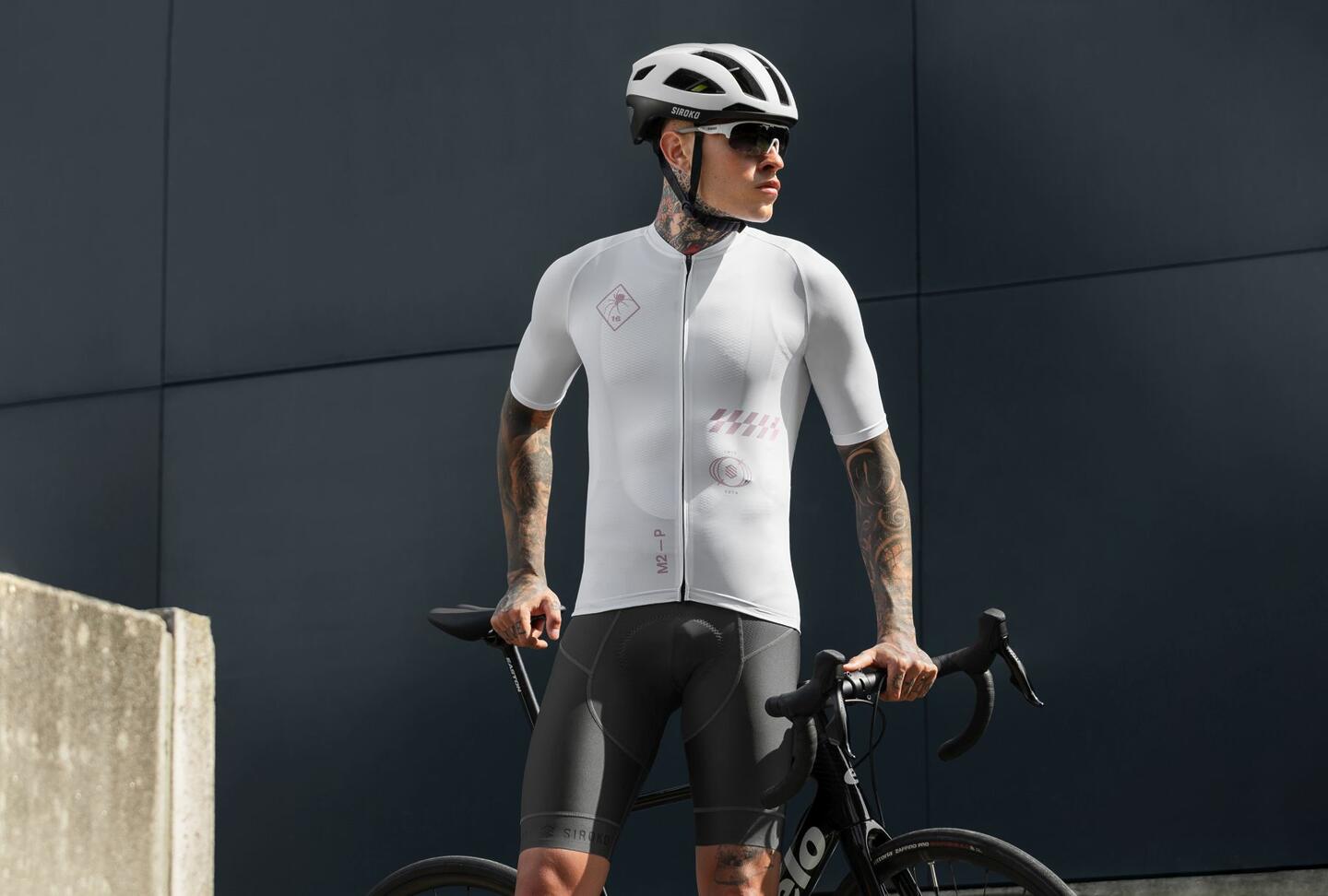In Siroko there are three collections of cycling glasses and many customers ask us about the differences and similarities between the K3, K3s and K3xs. Here is a short shopping guide to help our clients decide which model to buy:
Common features within the K3, K3s and K3xs collections:
- All three models feature the same 8-base curve.
Base curve is the measure of the lens curvature, in other words how much the lens “adapts” to the shape of the face. If the number is high the lenses and frame are more curved, if the number is low the frame and lenses are flatter. Therefore, the 4- and 6-base models mean flatter lenses, farther away from the eye, especially in the peripheral area. 10-base curve models form a kind of shield, hence this curvature is widely used for work and winter sports eyewear.
The 8-base curve used in all three Siroko cycling glasses models is very similar to the curvature of the head itself, which allows the frames to adapt to the natural contour of the face. This is why most sports eyewear feature an 8-base curve as it provides excellent protection of the eye and its contour against sun, wind, dirt and impacts.
- All models count on an anti-fog coating on the inside of the lens.
- All lenses are made of 1.2 mm-thick TAC (cellulose triacetate). It is slightly thicker than usual to offer extra protection.
- Almost all frames are made of TR90, a very resistant and highly flexible polyamide with an excellent shape memory that allows it to adapt to the face and then return to its original state.
Some specific models are marked with an “R” in the product name. It means that their frames are made of recycled materials, namely Mersamid® polyamide from APK’s NewCycling® process. This polyamide is a more flexible material, very similar to TR90.
- Another common feature of the K3, K3s and K3xs is that all mirrored styles count on a protective outer layer, so-called anti-corrosion coating, that prevents the mirror effect from wearing off.
- All cycling glasses come with a microfiber pouch, PU hardshell case and replacement rubber bands for temples and nose pad.
Differences between the K3, K3s and K3xs collections:
The major and most visible difference between the K3 and K3s models is the shape and design of their frames and lenses.
As the frames and lenses are different, they cannot be interchangeably used in models that do not belong to the same collection.
FRAME
Frame difference between K3 and K3s
Although the shape and size of the temples and the replacement rubber bands are the same, the difference lies in the design of the frame, since the K3s line aims for a more dynamic, racing style. This is clearly visible when looking at the front view of the glasses. The K3 feature an almost invisible upward curve while the K3s are more aesthetically “aggressive” with their concave curve in the middle area.
The K3xs frame is a smaller version of the K3s. It has been created for people who wear a smaller size or for younger athletes (approximately 8 years and older), as well as for adults who wear a larger size but have a smaller face and do not feel comfortable with K3 or K3s models.
LENS
The K3 have a slightly larger lens for extra protection from wind and impacts.
The difference in size is minimal and it is due to the frame shape. The K3 are more rounded, their lines are smoother, and they do not feature the arch at the upper middle part that gives the K3s their “aggressive” look.
The lens in the K3xs is a smaller version of the K3s to fit the reduced size of their frame.
WEIGHT
The weights of each of the three models are as follows:
K3 weigh 27 g
K3s weigh 26 g
K3xs weigh 22 g
OTHER DIFFERENCES
DrySky ventilation system: ventilation ports in the upper part of the lens to prevent fogging and to let in some air for the eyes. The K3 models have 6 ports, the K3s and K3xs feature 4.
Rubber nose pads also differ between the K3 and K3s models.
